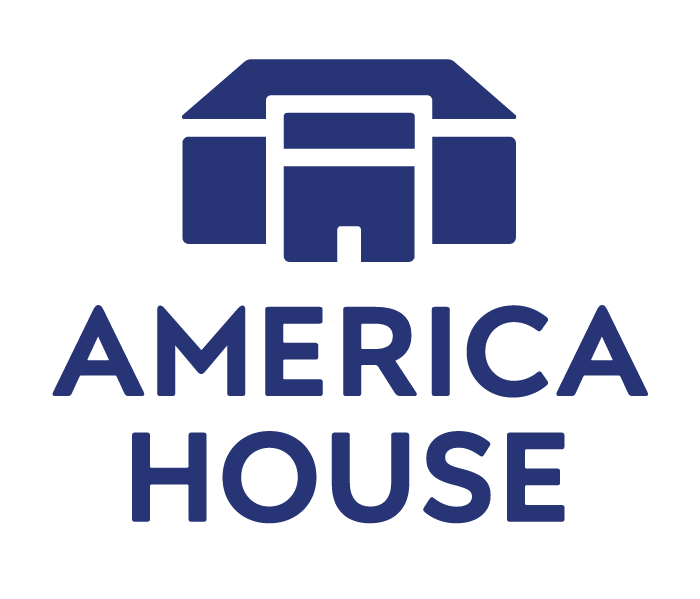Nine Types of Music Ensembles in American Schools
In most American schools, students can choose to learn a musical instrument and participate in a band, orchestra or chorus. While joining a musical group is not mandatory, they are still very popular; even very small, private schools will have a few! The ensembles allow students to make friends and be involved in a school activity, and many music programs take their students on special trips (like to Disney World!). While the amount of groups that a school has depends on its size and interest from the students, here are some of the most common across the United States.
Concert Band (Winds)
With this type of band, musicians are seated by section with percussion standing in the back, and typically only perform for concerts and some competitions. In the concerts, a variety of music is played to showcase the students’ skills. If the school has enough students, then they may have two concerts bands based on skill level, which is determined by auditions.
Photo: Cara Keith
Small Ensemble (Winds/Strings)
This category is very broad and covers many different types of groups. They range from brass or flute choirs to percussion ensembles and string quartets. There is specific music written for each type of group, and the musicians can pick what style of music they would like to play. Many of the ensembles play without a conductor.
Pit Orchestra (Winds/Strings)
These ensembles play the background music for musicals, and get their name from how they perform off of the stage (sometimes they play from under the stage!). They are usually very small, and many musicians play multiple instruments to cover all of the parts.
Jazz Band (All)
While both jazz bands and concert bands typically only play for concerts or competitions, jazz bands tend to be much smaller in size and primarily play jazz or swing music. The main instruments in these bands are trumpets, trombones, saxophones, clarinet, guitar, bass, percussion, vocals, and piano.
Marching Band (Winds)
The performances for this group looks a little different since they are all outside! The events fall into three main categories:
- Football Games
During the fall, the football games are the main focus of the ensemble, since they have to memorize the music and routine for their halftime show. During the game, the band will also play popular music and other songs that are associated with the team; for example, at Pennsylvania State University’s football games, the band always plays the song Sweet Caroline by Neil Diamond. Many high school bands will perform their halftime show routine at competitions, where judges critique their show and honor the winning band with a banner or trophy.
-Parades
For parades, the band will memorize a piece fitting with the theme or reason for the parade and then march with the other floats. Many small towns have Christmas and Memorial Day parades, while some have ones for Halloween, St. Patrick’s Day, or Thanksgiving. One of the most famous parades in the United States is the Macy’s Thanksgiving Day Parade.
-Community Events
Marching bands are sometimes asked to play for different events in the community, such as performing arts festivals or playing the Star Spangled Banner for ceremonies honoring veterans.
Pep Band (Winds)
The main event that these bands perform in is basketball games. Since the games are inside, the bands are smaller, and like marching bands they play pop songs to keep spirits up during the game. These groups are mainly found in large high schools and colleges, but do not perform halftime shows or participate in competitions.
Orchestra (Strings)
Orchestras allow string musicians to perform, typically on a stage. Most schools have a full orchestra, which has the four string instruments and a small section of winds and percussion. There are also competitions for them to compete in. Some schools do special ‘Pops Concerts’, where the ensemble plays popular music, typically from a movie or centered around a theme.
Chorus (Voice)
Like orchestra, choruses primarily perform on a stage, and some schools participate in competitions. Most groups have a background track or a piano accompanist for the background music, and very few have live music from an orchestra or chorus behind them. At Christmas time, some schools perform songs (such as O Holy Night) only with candlelight.
Show Choir/A Cappella (Voice)
A cappella groups perform only with their voices (no background music) and are found more often in colleges than high schools. Many of them participate in competitions. Show choirs may sing songs a cappella, but they are known for choreographing dances to their songs.
Vocabulary
Mandatory: required
Winds: group of instruments that produce sound by air moving through it (ex. flute, trumpet)
Strings: instruments that produce sound through vibrating strings (ex. violin, cello)
Percussion: instruments that help to keep the beat for the music, such as drums
Showcase: a display of skills
Audition: “musical interview” where the musician plays a piece so the conductor or teacher can decide what the musician’s skill level is
Quartet: a group of four
Conductor: the leader of the band who stands in the front
Critique: analyzing and remarking on person’s/group’s skills
Float: a platform on wheels behind a truck that has a display on it (in parades)
Choreography: the order of steps/movements in a dance
ABOUT THE AUTHOR
Sydney Weidler is a sophomore (2nd year) student studying Nutrition and Dietetics at Messiah College, and is one of the virtual interns at America House this year! She loves travelling, reading, and baking, as well as playing the oboe and spending time with friends and family.





